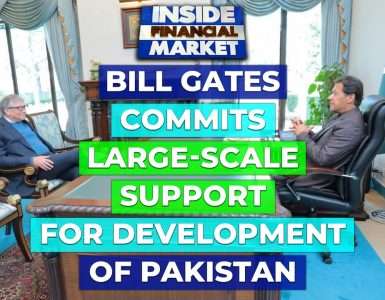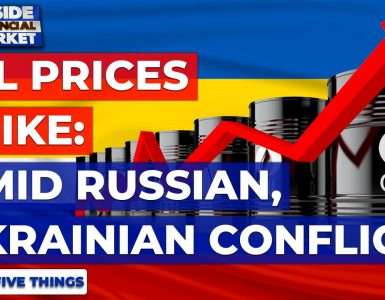The circular debt in the gas sector has grown to more than Rs532 billion as the twin Sui companies fail to make payments to their suppliers on account of poor cash flows.
Owing to the inordinate delay in the publication of financial accounts by the two gas companies, the exact figure for the sector’s circular debt is unavailable. But one proxy for the build-up of the inter-corporate debt within the gas segment shows the amount stood at Rs532.2bn at the end of March, up 5.5 per cent from June 2020.
Unpaid government subsidies meant for residential and export-oriented consumers have constrained the cash flows of Sui Northern Gas Pipelines (SNGPL) and Sui Southern Gas Company (SSGC). This has resulted in bloated receivables on the balance sheets of energy exploration companies — mainly the Oil and Gas Development Company (OGDC) and Pakistan Petroleum Ltd (PPL) — from the twin gas distributors.
While the government has not formally defined what constitutes the circular debt in the gas sector, analysts use the receivables from the Sui companies on the books of OGDC and PPL as a proxy to measure the extent of the circular debt.
The OGDC’s receivables from SNGPL and SSGC amounted to Rs272.3bn at the end of March. The corresponding figure on PPL’s balance sheet was Rs259.9bn.
According to the latest review of the loan programme under the International Monetary Fund (IMF), the overall stock of arrears in the gas sector stood at 0.5pc of GDP in 2019-20. The IMF expected it to rise by an additional 0.1pc of GDP by the end of 2020-21 on the back of a widening cost-revenue mismatch.
Higher quantities of re-gasified liquefied natural gas (RLNG) will likely be diverted from the high-price power sector to the low-price domestic users, especially in the winter, further inflating the stock of circular debt.
“One possible option for the government is to give a subsidy to the Sui companies so they can settle their payables to state-owned OGDC and PPL. The two energy exploration firms can then pay some of that money back to the government in the form of dividends,” said an energy sector veteran requesting anonymity because his employer didn’t allow him to speak to the press.
“The only viable solution is to increase the tariff based on the weighted average cost of gas,” he said while referring to the pricing mechanism that takes into account the blended costs of both indigenous and imported gas instead of the current pricing method that ring-fences the use of imported fuel.
The gas-producing, smaller provinces have been opposing the idea of the weighted average cost because they believe it will benefit Punjab at their expense.
Energy Minister Hammad Azhar did not respond to Dawn’s request for comment.










Add comment